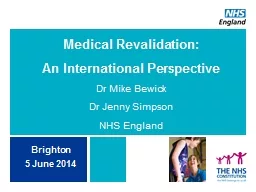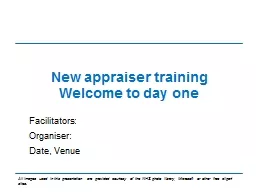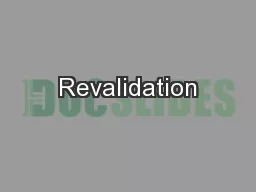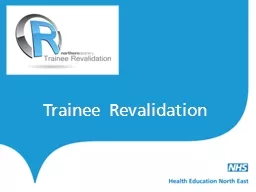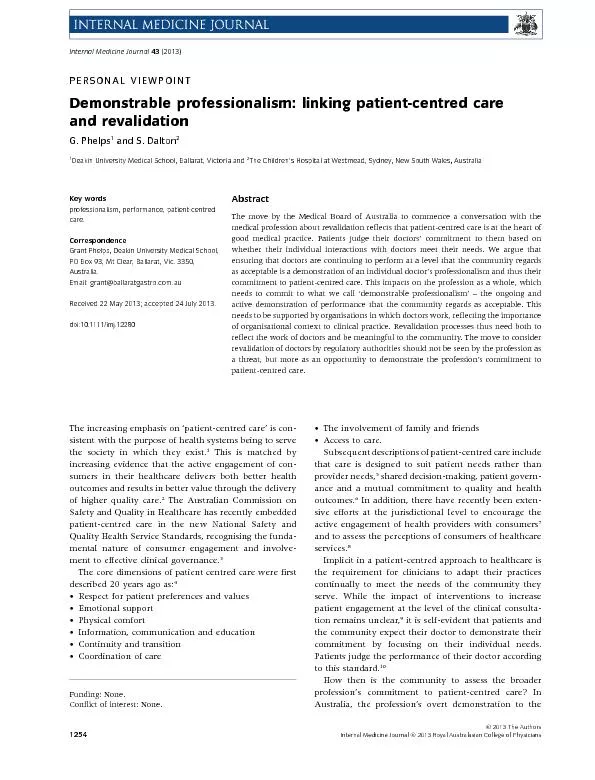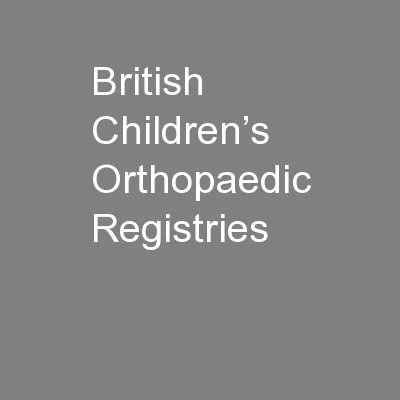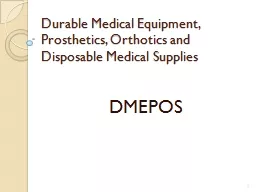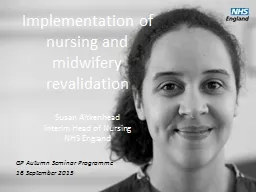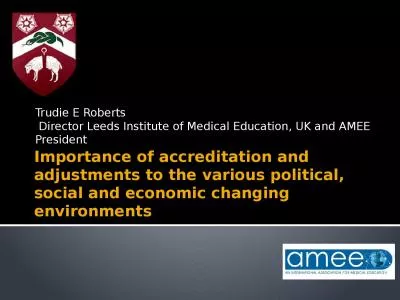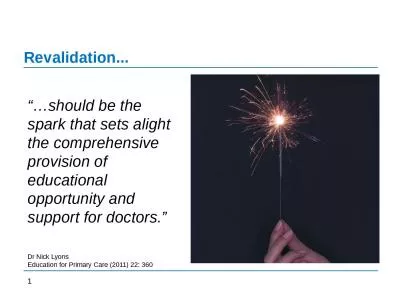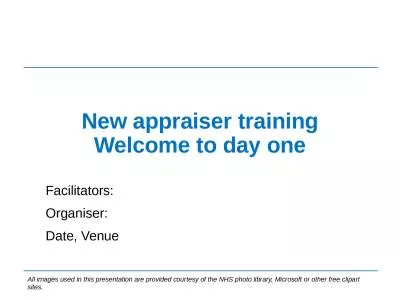PPT-Medical Revalidation:
Author : mitsue-stanley | Published Date : 2016-05-31
An International Perspective Dr Mike Bewick Dr Jenny Simpson NHS England Brighton 5 June 2014 Context By means of background for those new to the thinking on
Presentation Embed Code
Download Presentation
Download Presentation The PPT/PDF document "Medical Revalidation:" is the property of its rightful owner. Permission is granted to download and print the materials on this website for personal, non-commercial use only, and to display it on your personal computer provided you do not modify the materials and that you retain all copyright notices contained in the materials. By downloading content from our website, you accept the terms of this agreement.
Medical Revalidation:: Transcript
Download Rules Of Document
"Medical Revalidation:"The content belongs to its owner. You may download and print it for personal use, without modification, and keep all copyright notices. By downloading, you agree to these terms.
Related Documents

